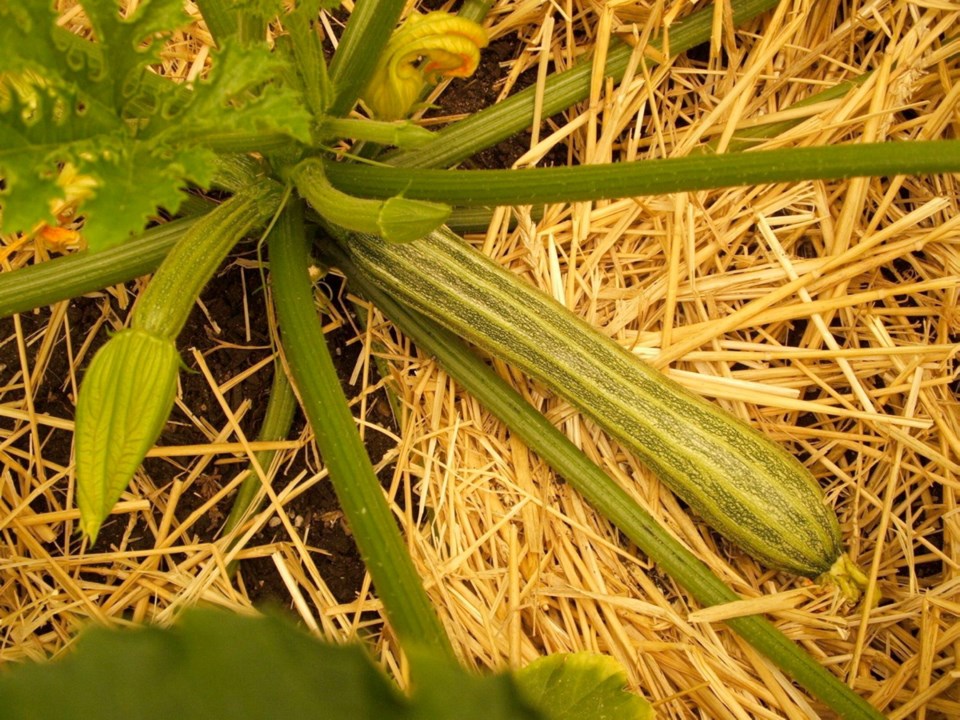Gardening friends have been expressing concern as they ponder the summer ahead and the prediction that it will be long, hot, and dry. How will I keep the garden watered, they wonder.
Even with limited or rigorously regulated water for the garden, it can be done. Long, slow waterings that deliver moisture deep into plants’ root zones don’t have to be frequent.
Root systems, within the capabilities of each type of planting, grow to reach moisture. As upper soil levels dry, roots descend to deeper levels that long, slow waterings have kept moist. The deepest possible root systems will support strong, resilient plants.
Brief waterings, even if they are frequent, will restrict moisture to the soil’s upper layers and that’s where the roots will be — restricted and shallow, with little drought-resistance.
To check how deeply moisture has penetrated into the soil, wait for at least an hour after watering and then plunge a shovel into the ground and lever it forward to check the moisture-level depth.
Consider the soil. A key factor in maintaining adequate moisture in garden plots is the quality of the soil. Spongy, humus-rich soils are most efficient at taking in and retaining moisture. They also drain efficiently of any excess moisture. To help my plots be as water-thrifty as possible, I plump the soil with moisture-retaining materials such as compost and coconut fibre (coir).
Coconut fibre is a rapidly renewable soil amendment that increases the humus content of soils and is highly moisture-retentive. Most coir has a close to neutral pH. I use bagged, hydrated myCoco Coconut Coir. I like the way it fluffs the soil.
Coir acts also as a buffering agent against temperature extremes. This makes it a useful component in soil mixes for both summer and winter container plantings.
Mulch. Mulching is an additional tool for conserving soil moisture. This month or early in July, I weed plantings, cultivate lightly around the plants and between rows, water deeply, and add a mulch layer of compost or some similar nourishing amendment. Around plants such as tomatoes and squash, chopped straw over the mulch deflects some of the hot summer sun as it helps to further retain moisture in the soil.



